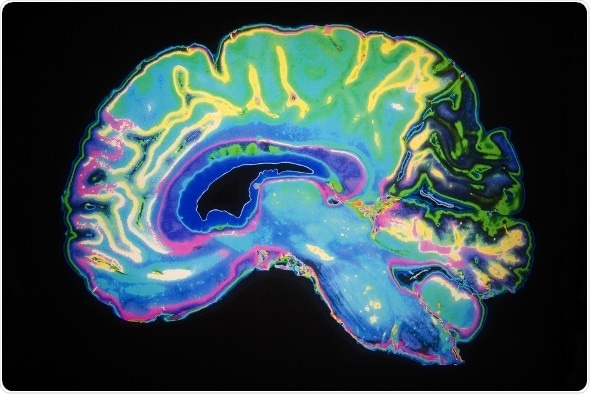Nov 17 2017
Keele University researchers have designed a new dye that can be used to observe the electrical activity of neurons in the brain and could lead to finding a new and more efficient way of treating neurological diseases.

As part of a two-year collaborative study between neuroscientists at Keele University and chemists at Newcastle University, funded by the Leverhulme Trust, a new near-infrared voltage-sensitive dye has been designed - JULBD6 - which offers comparable signal quality and toxicity when compared to the commonly used voltage-sensitive dye di-4-ANEPPS. These findings were recently published in Chemistry: A European Journal.
To observe networks of neurons and their interactions, neuroscientists most commonly use calcium imaging or voltage-sensitive dyes. Voltage-sensitive dyes respond to neuronal events faster than calcium dyes, allowing single neuron spikes to be observed as a change in fluorescence, but a major limitation of voltage-sensitive dyes is that the observed fluorescent changes are weaker than calcium dyes, which this research project aimed to improve.
A clearer insight into neuronal networks could improve treatment for neurological diseases, for example it may help further uncover how neuromodulators, such as dopamine, impact the functionality of neural circuits, which could lead to finding a new and more efficient way of treating people with Parkinson’s Disease.
Keele University Research Associate Dr John Butcher commented:
This could have a large impact on neuroscience as a field. The structure of the new dye, JULBD6, is completely different from other dyes such as the widely used di-4-ANEPPS, but offers the same signal quality in terms of the change in fluorescence during neuronal spiking and does not affect the health of the neurons.
Professor Peter Andras, the Keele lead on the project, said:
These results are very promising as we have shown a completely new voltage-sensitive dye that allows rational design of key molecular features and offers similar performance to other dyes which are widely used in neuroscience. This dye is also in the near-infrared range, rather than some green dyes which have higher toxicity, making it more suited to longitudinal studies. Based on these findings we now aim to design dyes based on the structure of JULBD6 in order to improve the fluorescence signal quality whilst making them as less toxic as possible. This new technology could really benefit neuron imaging studies.